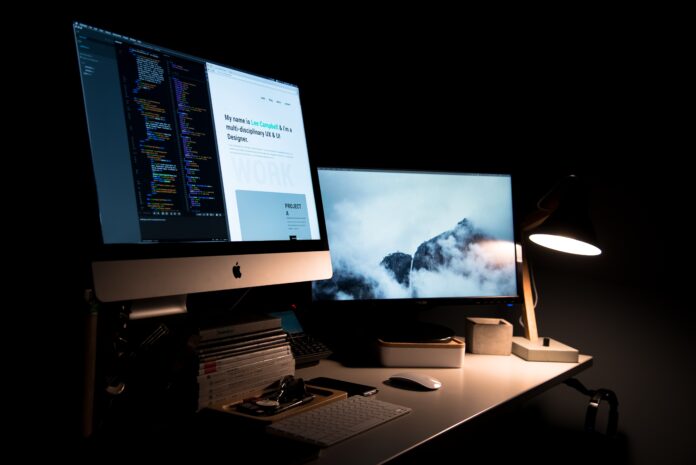The call-to-action (CTA) button is a pivotal element in web design, serving as the guideposts that lead users towards the desired action. A web design company’s ingenuity in creating CTA buttons can significantly affect a website’s conversion rates. These buttons, if designed effectively, have the power to catch the user’s eye, communicate value, and facilitate the user’s journey through the site.
Understanding the User’s Perspective
The first step in crafting an effective CTA is understanding what motivates users. A website company New Zealand delves into user psychology to discern what drives clicks. Factors such as button size, color, placement, and copy must resonate with the user’s needs and desires. A CTA that clearly states what users can expect to gain or achieve by clicking is more likely to be effective.
The Science of Color in CTA Buttons
Color is more than just an aesthetic choice; it’s a communicative tool. Web design companies use color strategically to make CTA buttons stand out on the page. The chosen color should contrast sharply with the surrounding design elements but still harmonize with the overall color scheme. Colors can also convey emotions and actions—red for urgency, green for go, or blue for trust—making the selection process critical for user response.
Optimizing Button Placement for Maximum Impact
Where a CTA button is placed can be as crucial as its design. A web design company will often place CTA buttons above the fold (the portion of the webpage visible without scrolling) to ensure immediate visibility. Another effective strategy is to position CTAs in the user’s natural line of vision following the content they are interested in, which is often informed by eye-tracking studies and heatmaps.
The Psychology of Shape and Size
The shape and size of a CTA button can also influence its effectiveness. Buttons must be large enough to be easily clickable, especially on mobile devices, but not so large that they overpower other content. Rounded corners are often favored as they are perceived by users to be more approachable and clickable. A web design company may test various shapes to determine which works best for a given audience.
Clear and Compelling Copy
The text on a CTA button is the final nudge towards action. It should be clear, concise, and contain a verb that encourages action, such as “Get Started,” “Learn More,” or “Join Now.” A web design company crafts button copy that not only prompts action but also aligns with the voice and tone of the brand, creating a cohesive user experience.
Creating a Sense of Urgency
To further entice clicks, web design companies may create a sense of urgency around CTAs. This can be achieved through limited-time offers, using phrases like “Sale ends soon” or “Limited spots available,” or through the design itself, such as using animation to draw attention to the button.
Testing and Refinement
Creating the perfect CTA button is often a matter of trial and error. Web design companies employ A/B testing to compare different versions of a button to see which one performs better. By collecting data on how users interact with different designs, copy, and placements, designers can refine CTAs to maximize their effectiveness.
In crafting clicks, web design companies combine art and science to create CTA buttons that are visually striking and psychologically compelling. These buttons are the culmination of strategic design, user understanding, and continuous testing, all geared towards making the path to action as clear and inviting as possible. In the digital age, a well-designed CTA button is not just a clickable element; it’s a pivotal gateway to user engagement and business success.






